With one in five homes in the UK provided by the social housing sector, the demand on housing services is stronger than ever. The pressures of change on housing associations are coming from many different sources, creating an urgent need for dramatic reforms to operations and a need for increases in funding to tackle the increasing strains in the sector.
We consider the challenges stacking up in the sector and explore strategies for dealing with them in the immediate and long term.
Shifts in government policy
The new UK government has implemented significant changes to social housing policies, aiming to address the housing crisis and improve tenant welfare. The Labour government, has increased the Affordable Housing Programme by £500 million to £3.1 billion, demonstrating a renewed focus on social rent. A new five-year rent settlement for social housing has been introduced, providing stability for both tenants and housing providers.
In the 2025 Spring Budget, the Chancellor announced a £2 billion injection of new grant funding to deliver up to 18,000 new social and affordable homes. We anticipate that this will be managed through grants allocated via the Affordable Homes Programme. The Treasury hails this announcement as “a significant milestone on the government’s promise to build 1.5 million new homes whilst driving economic growth by getting Britain building again.”
Mandatory housing targets for local councils have been restored, and support for councils and housing associations to build new homes has increased. The Right to Buy scheme has been reformed, reducing discounts and allowing councils to retain all proceeds from sales.
The Renters’ Rights Bill, set to be enacted by spring 2025, will abolish assured shorthold tenancies and section 21 ‘no fault’ evictions, transforming the private rented sector. Additionally, £6.6 billion has been allocated over five years to retrofit existing homes with sustainable technologies, improving energy efficiency in social housing.
Moreover, the abolition of leasehold tenure in favour of commonhold ownership means housing associations must relinquish control over building management decisions (e.g., service charges, repairs etc) to commonhold associations governed by residents. This will therefore require fundamental changes to housing association operating models, particularly in governance, financial management, and tenant relations.
Implications for Target Operating Models
All of these changes in social housing policies and regulations are likely to have significant implications for target operating models at housing associations:
- Customer-centric approach: Housing associations will need to prioritise customer service and compliance in their operating models. This is due to stricter regulations in these areas and the expectation of Consumer IDAs.
- Efficiency and value: With tight budgets and high housing demands, housing associations will need to implement strategies that save money while adding value to customers. This may involve reassessing and optimising their target operating models.
- Compliance focus: Operating models must align to regulatory frameworks, especially the Social Housing Regulation Act (2023). The act aims to empower residents and improve access to quick and fair solutions to issues, with a strong focus on emphasis on governance, tenant wellbeing, and building safety.
- Sustainability integration: Target operating models will need to incorporate sustainability and decarbonisation efforts to meet net-zero targets and comply with the 2025 Future Homes and Buildings Standards.
- Proactive maintenance: The adoption of asset management software will be crucial, supporting a transition from reactive to proactive repairs in housing associations’ operating models.
- Continuous Internal improvement projects: These development initiatives ensure compliance with new regulations and expectations. Does your organisation have project management capability and a strong retrospective culture?
- Place based versus centralised operating models: Should localised close relationships with customers now be prioritised over consistency and efficiency?
Developmental funding will be needed to bridge the gap between strategic objectives and the reality of delivering. This needs to be reflected in an updated Target Operating Model as more resources will be required to meet targets.
The rise and rise of Digital Transformation
Operating models will need to incorporate robust digital strategies to ensure housing and customer data is not only available but also accurate. This will be crucial for compliance with Ombudsman and Regulator expectations.
Digital tools can improve tenant experiences through personalised services, online portals, and chatbots, with the potential to foster inclusivity and accessibility. Technologies like AI can assist in the automation of back office (low risk low value) activities. Chatbots and self-service platforms can be enabled to streamline operations, such as automated repairs reporting and real-time property monitoring. Such developments mean Tenancy Services and Service Delivery Officers can reduce costs and response times and increase efficiency and tenant engagement.
Furthermore, a shift in the technology landscape has seen more organisations looking to broaden cross-sector platforms such as Salesforce and Microsoft D365. These provide a more stable platform with healthy development pipelines and services. Choosing the right system isn’t always straight forward and requires controlled processes to understand specific requirements. IT Procurement and Vendor Management is a high stakes undertaking and is sometimes best explored through an independent partner, with strong experience in technology selection. They can look at bespoke requirements and design specific selection criteria, prioritising alignment and taking an independent approach to contracting, ensuring cost effective solutions.
Key considerations for digital transformation
Challenges like skills gaps and limited funding remain, requiring strategic planning and collaboration to fully realise the benefits of digital innovation. Furthermore, whilst data analytics can support informed decision-making, this requires significant investment in business analysis and systems integration to make this work well and optimise planning.
Strongly controlled data governance is a non-negotiable for collecting, managing and analysing data. Maintaining good data quality standards are essential if you are hoping to make the most of AI opportunities.
To ensure your organisation is ready to adopt new systems it is wise to take a proactive approach to Change Management. This will help you overcome any potential resistance to the new technology and make sure you achieve ROI and other benefits. Change Management can help foster a tech positive culture, avoiding inefficient work arounds and lack of adoption.
How quickly can change happen?
Many housing associations have already demonstrated adaptability through regulatory compliance, technological integration, and strategic partnerships. Sustained transformation, however, takes time and a cultural shift to build agility into operations.
Efficiencies are often compromised when there isn’t a proactive approach to change and instead organisations simply roll with the impact of enforced change.
Business strategies need a strong vision which embraces change and includes unwavering board support, in short – now is the time to be bold and brave and embrace transformation.
What next for housing associations?
There are many new challenges facing the housing sector, and often it is hard to unpick the areas of the strategy which need to be prioritised. Is your digital transformation strategy thriving or is your tech stack holding you back? Do you need help prioritising the vast projects and programmes which need to be delivered? Do your processes need to be independently assessed to ensure they are effective and compliant? Is the time to address your Future Operating Model?
We have the right team to help, and we would like to get you started with a free consultation. Highly experienced advising and delivering change in your sector and beyond, Nine Feet Tall have worked with many major UK housing organisations to help them drive changes needed to execute their strategy. Get in touch today.







